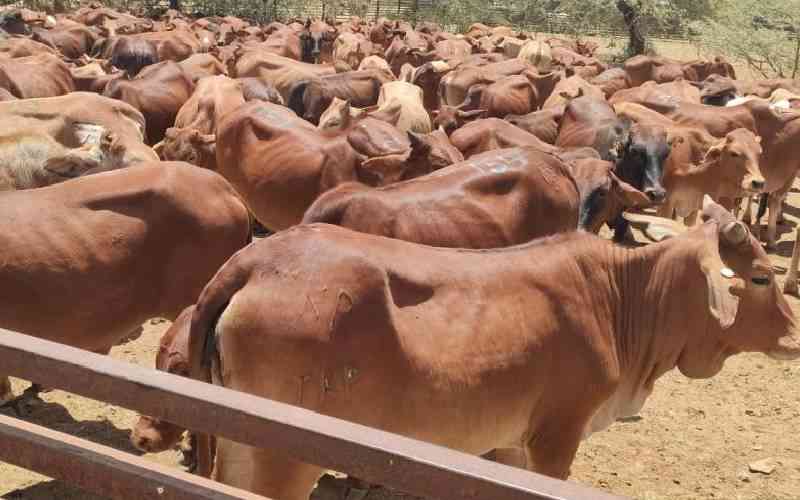×
The Standard e-Paper
Home To Bold Columnists

Mass vaccination of livestock is not new in Kenya. It has been happening, both nationally and in the regions, to curb the spread of deadly diseases, including anthrax, East Coast Fever, Rinderpest, Rabies since the precolonial times.
The exercise is concentrated mostly among pastoralist communities, whose economic sustenance is anchored on livestock. Sometimes, even wild animals have been targeted.